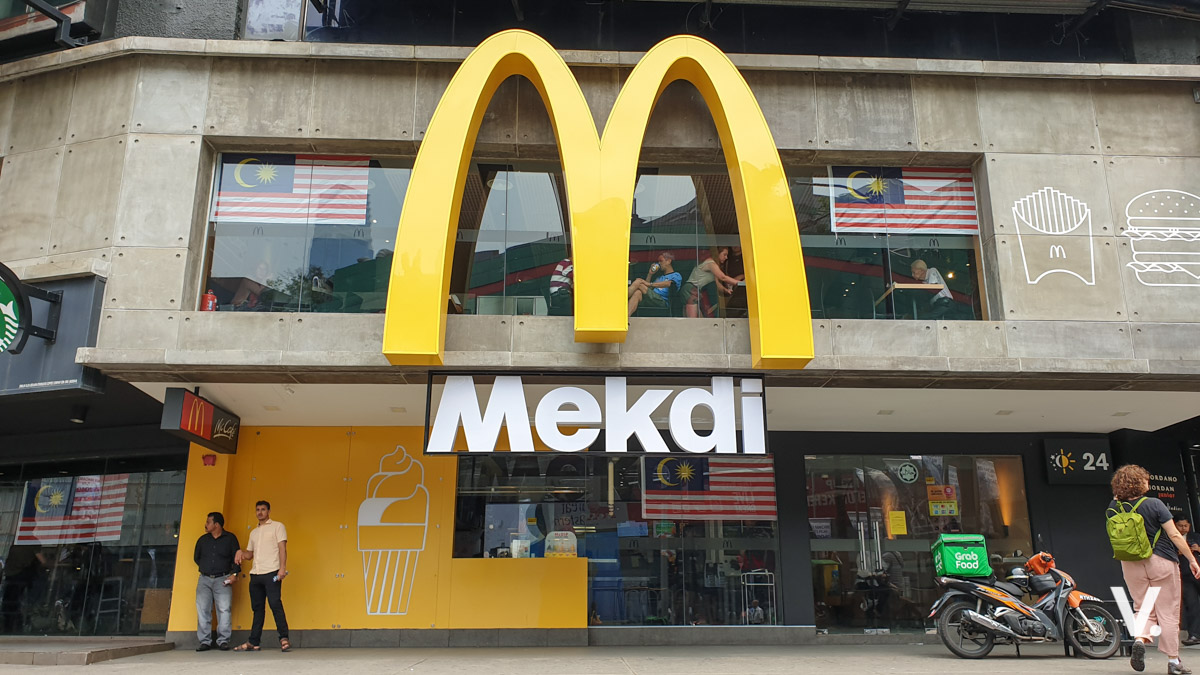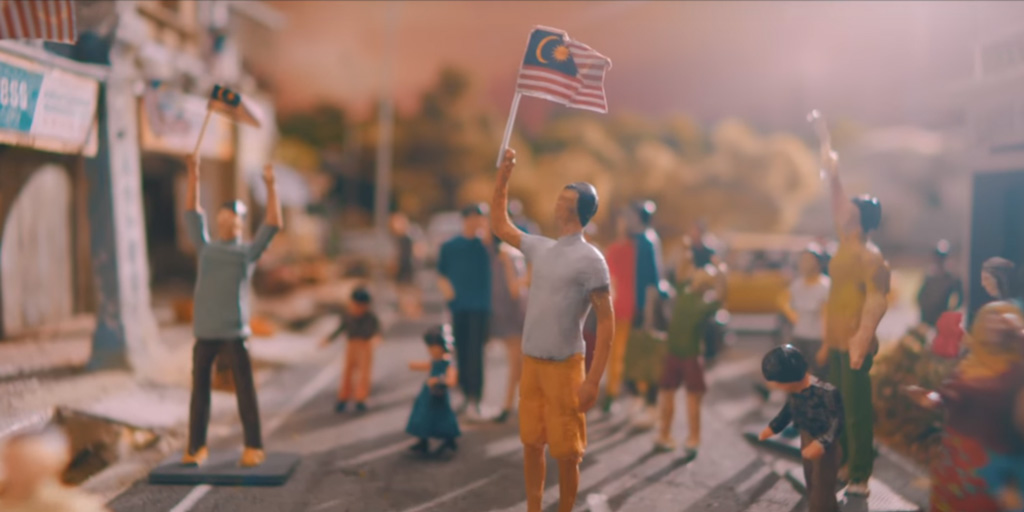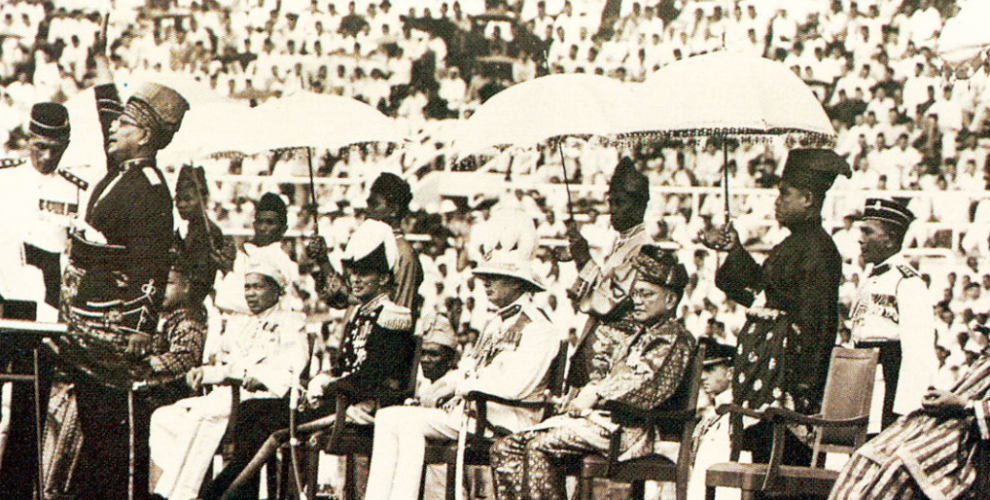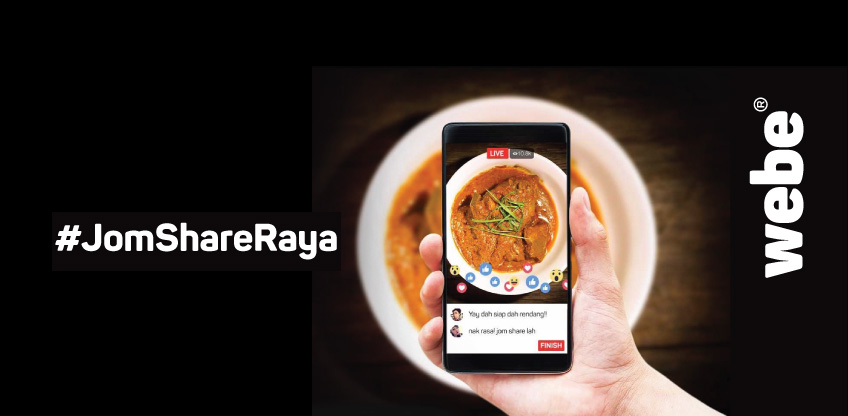The Sarawak Museum in Kuching, one of the oldest buildings in the State, has unveiled its redesigned longhouse gallery, showcasing the rich culture and heritage of the indigenous people of Sarawak. Built in 1891, Sarawak Museum is the most visited museum in Sarawak with over half a million visits from tourists each year.
The new longhouse gallery entitled “Longhouses of Sarawak”, brings a much-needed facelift to the museum with an enhanced layout, more attractive graphics and interactive features. It includes collections of historical artifacts, life-size recreations of a longhouse, historical photographs, stories, traditional instruments and paraphernelia. The facelift was made possible by Sarawak Museum’s close collaboration with Sarawak Energy Berhad (“SEB”), the State’s energy provider.
“The partnership between the Museum and SEB is aimed at enhancing visitors’ experience to our cultural gallery. There are multimedia displays and more detailed information on the exhibit. This will benefit students or visitors who are looking for information on the longhouses in Sarawak. The redesigned gallery has a new interior layout featuring updated information on indigenous rituals, architecture, musical instruments and economic activities of the indigenous community. There will also be a video gallery showcasing the history of longhouses in Sarawak,” Sarawak Museum’s Director Ipoi Datai said in his welcoming speech.
SEB contributed over RM340,000 in the project that took 6 months to complete.
Representing the CEO of Sarawak Energy, was Puan Aisah Eden, chief of corporate services, “We have approximately 30 ethnic groups in Sarawak and each contributing to the State’s diverse and rich culture and heritage. Steeped in history this melting pot of culture, lifestyle and language, is a reflection of colour that makes up our beautiful Sarawak. Sarawak Energy is proud to play a part in this cultural preservation for our future generation to enjoy and learn from.”
The sponsorship of the Sarawak Museum enhancement is part of SEB’s Corporate Responsibility Initiative, that complements the Company’s commitment to bring development to all Sarawakians, including the indigenous people through the development of the Sarawak Corridor of Renewable Energy (SCORE).


Under the Sarawak Corridor Of Renewable Energy (SCORE), the government is implementing a comprehensive plan to develop the Sarawak economy by harnessing the State’s competitive advantage in the generation of bulk renewable energy to attract investment and employment in energy intensive industries.
SEB’s CSR initiative focuses on four key areas – education and young people; culture and heritage; environmental management and conservation; and community development and entrepreneurship.
Another ongoing initiative is the resettlement of the 1,400-strong Penan community in Murum, Bintulu, affected by the Murum Hydroelectric Project (HEP). The ambitious Murum project, which is also SEB’s largest construction project to date, spans five years and is forecasted to start generating power in early 2014.
SEB believes in sustainable development, and has focused on educating and training the community, building infrastructure and improving the livelihood of the shy, nomadic Penans.
I was flown to Kuching to attend the soft launch, together with several members of the media including Editor-in-Chief of LowYat MSC – Elfie Jane; and celebrity blogger @Budiey. It’s been over a decade since I had paid a visit to the capital, and specifically, the museum. The enhancements are certainly a welcome change, and gives it a more up-to-date, modern look-and-feel with better interactivity for visitors.
[wzslider autoplay=”true” info=”true” lightbox=”true”]
Visit the full Flickr gallery.
If you’re ever in the city of Kuching, do pay a visit to the Sarawak Museum. Entrance to the Sarawak Museum is free.
For more on Sarawak Energy, visit the official website. They are also on Twitter.
Big thanks to Sarawak Energy for sponsoring my trip to Kuching. Hope to see even more of Sarawak soon!










